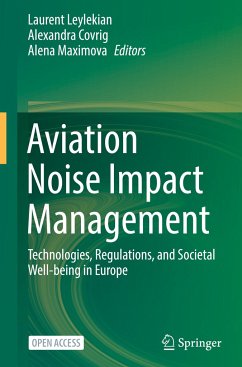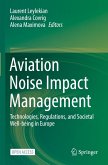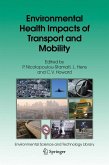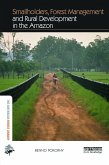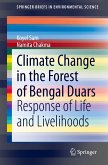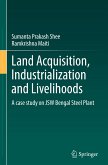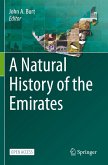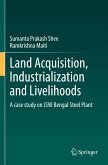This open access book provides a view into the state-of-the-art research on aviation noise and related annoyance. The book will primarily focus on the achievements of the ANIMA project (Aviation Noise Impact Management through Novel Approaches), but not exclusively.
The content has a broader theme in order to encompass. regulation issues, the ICAO (International Civil Aviation Organization) balanced approach, progresses made on technologies and reduction of noise at source, impact of possible future civil supersonic aircraft, land-use planning issues, as well as the core topics of the ANIMA project, i.e. impact on human beings, annoyance, quality of life, health and findings of the project in this respect.
This book differs from traditional research programmes on aviation noise as the authors endeavour, not to lower noise at source, but to reduce the annoyance. This book examines these non-acoustic factors in an effort to help those most affected by aviation noise - communities living close to airports, and also help airport managers, policy-makers, local authorities and researchers to deal with this issue holistically.
The book concludes with some recommendations for EU, national and local policy-makers, airport and aviation authorities, and more broadly a scientifically literate audience. These recommendations may help to identify gaps for progress in terms of research but also genuine implementation actions for political and regulatory authorities.
The content has a broader theme in order to encompass. regulation issues, the ICAO (International Civil Aviation Organization) balanced approach, progresses made on technologies and reduction of noise at source, impact of possible future civil supersonic aircraft, land-use planning issues, as well as the core topics of the ANIMA project, i.e. impact on human beings, annoyance, quality of life, health and findings of the project in this respect.
This book differs from traditional research programmes on aviation noise as the authors endeavour, not to lower noise at source, but to reduce the annoyance. This book examines these non-acoustic factors in an effort to help those most affected by aviation noise - communities living close to airports, and also help airport managers, policy-makers, local authorities and researchers to deal with this issue holistically.
The book concludes with some recommendations for EU, national and local policy-makers, airport and aviation authorities, and more broadly a scientifically literate audience. These recommendations may help to identify gaps for progress in terms of research but also genuine implementation actions for political and regulatory authorities.

